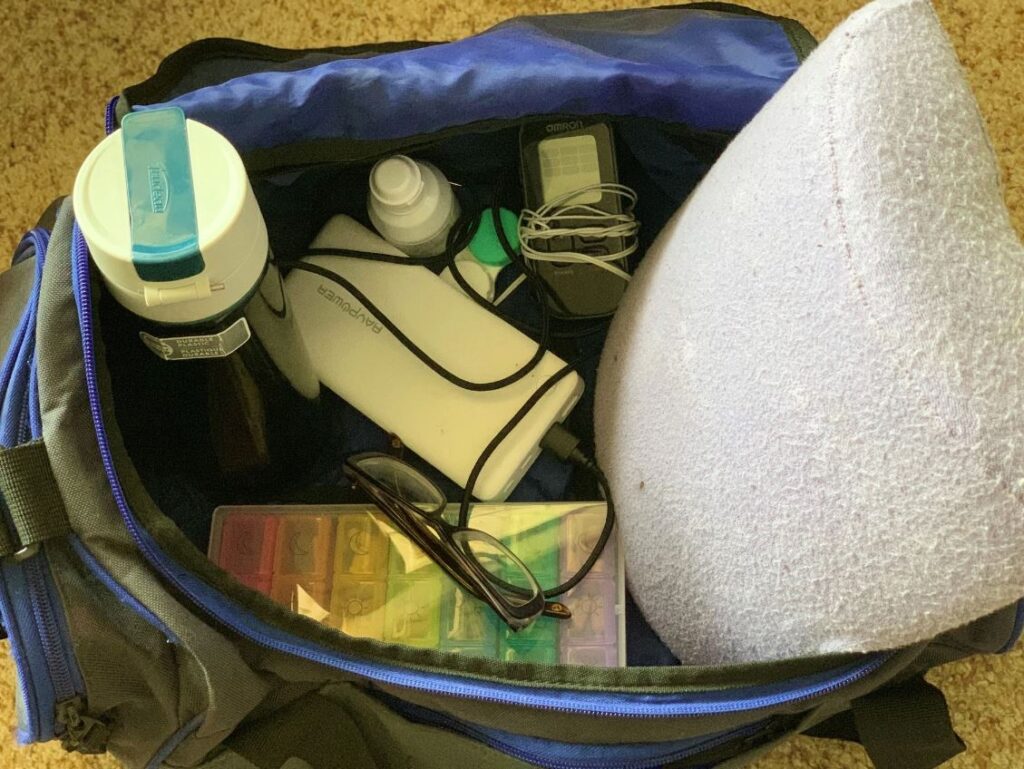
Preparing for emergencies can look a little different for people who have or are caring for those with visible or non-visible disabilities. If you’re looking for tips on how you can get started, Emily Holley, a Communications Manager for the American Red Cross of Nebraska & Iowa Region shared tips on how she prepares herself during emergencies.
“I have been disabled for 27 years, and in that time, I’ve learned how to live my life around my conditions. That includes knowing what to do when disaster strikes, especially since living in the Midwest means unpredictable weather. With the help of the Red Cross, here are some of my personal tips people with disabilities can use to prepare.
#1: Assess Your Situation.
Make a list of your day-to-day needs, including any assistance you may require if disaster strikes and you need to take shelter or evacuate your community. Be sure to include your mobility aids, adaptive equipment, and necessary medications. Discuss these needs with your health care providers and personal support network.
#2: Make An Emergency Plan.
Consider the common emergencies we face here in the Midwest – tornadoes, extreme heat, derechos, and home fires. Work with your support network and care team to ensure that all of your basic needs are covered. How will you exit the building? Is your storm shelter comfortable and equipped for your needs?
#3: Prepare Your Storm Shelter.
Severe storms are common here, especially in the spring and summer months. In addition to ensuring your storm shelter is in the safest place in your home, outfit your shelter with items you may need. Have a comfortable place to sit and wait out the storm. Keep a basket with a charged portable charger, snacks, bottled water, flashlights, and essential medications. If you use a mobility aid, make sure you have that and a pair of shoes on hand. Also, include a bicycle helmet to protect your head. If you can, keep everything you need in an accessible backpack.
#4: Have a Backup Plan.
Those of us with disabilities know all too well the importance of backup plans and backups for your backups. Disasters are rarely predictable and disabilities can be that way too. I think about what my greatest needs are when managing my disabilities and start from there. Since medications are a necessity for me when severe weather is on its way, I move all of my medications to a bag I can keep near me in case I have to quickly move to my shelter. I have also thought about how to get to my shelter or evacuate my home while using a cane. My husband and I discuss these plans and different scenarios a few times a year.
#5: Practice Your Emergency Plans!
A few times a year, take the time to go over your plans by yourself and with your support network.”
Find more resources and information on inclusive disaster preparedness on our website here.
This story was originally published on the American Red Cross of Nebraska and Iowa Region’s blog.
